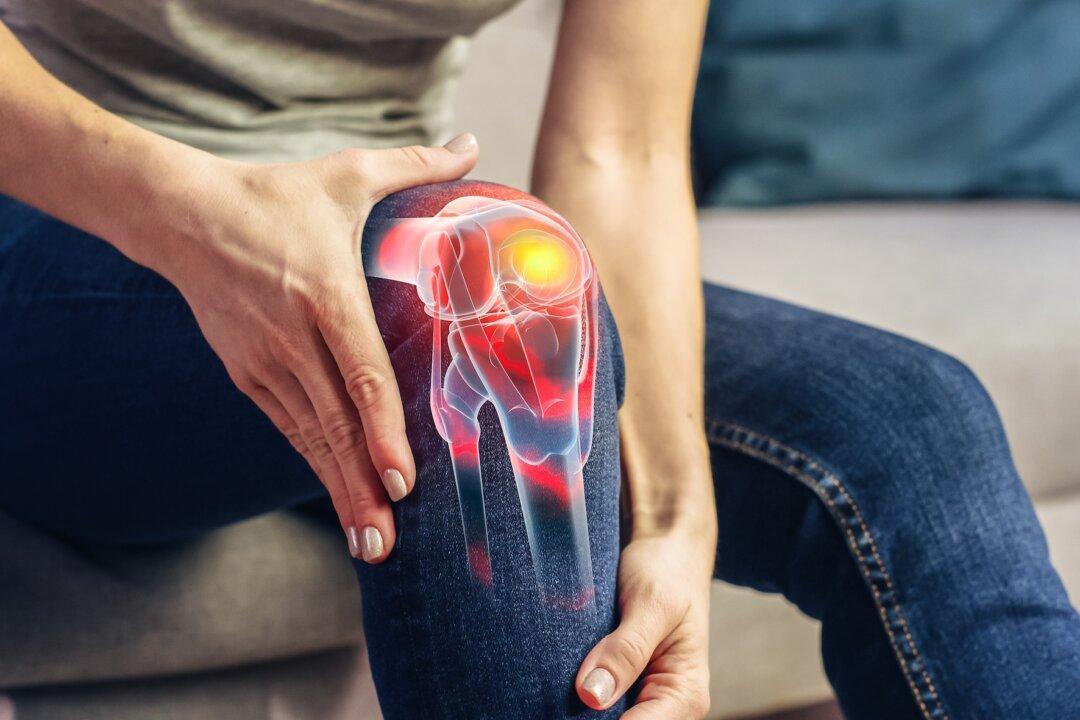An exceptionally well-done study on mice shows how exercise can be an important part of the treatment for cancer. Mice implanted with breast cancer cells who were given chemotherapy and exercise had much smaller and fewer tumors than those given the same chemotherapy but no exercise. Mice who ran but did not receive chemotherapy also had smaller tumors and signs of increased cancer cell death.
Cancers Grow Without Oxygen
Solid cancerous tumors produce a large number of new blood vessels around themselves, much more than normal tissues do. These new blood vessels become so numerous that they crowd each other and curl around and pinch the blood vessels to actually block the oxygen-rich flow of blood to the tumors. Tumors grow faster without oxygen, so the extra blood vessels produced by cancerous tumors actually deprive the cancers of oxygen to make them grow faster. Since lack of oxygen harms normal cells and helps cancerous cell to grow, lack of oxygen helps cancers grow faster so they may invade and destroy normal cells.Why Cancers Can Grow Without Oxygen and Normal Tissue Cannot
Inside of every normal cell (except mature red blood cells) are tiny areas called mitochondria. All normal cells get their energy from two chemical pathways: • the Krebs Cycle (inside mitochondria – uses oxygen), and • glycolysis (outside the mitochondria but inside the cell – does not need oxygen). The main source of energy for normal cells is the Krebs cycle, inside the mitochondria. Cancer cells have defective mitochondria, so their main source of energy is glycolysis, the turning of sugar into energy without needing oxygen. The extra blood vessels that overcrowd each other to block the flow of oxygen around a tumor actually cause the cancer to grow and the normal cells to die. This can spread the cancer.Sports medicine doctor, fitness guru and long-time radio host Gabe Mirkin, M.D. brings you news and tips for your healthful lifestyle. A practicing physician for more than 50 years and a radio talk show host for 25 years, Dr. Mirkin is a graduate of Harvard University and Baylor University College of Medicine. He is one of a very few doctors board-certified in four specialties: Sports Medicine, Allergy and Immunology, Pediatrics and Pediatric Immunology.
Author’s Selected Articles





